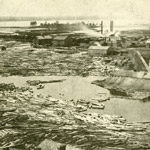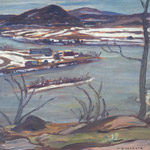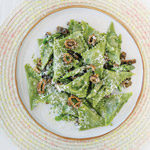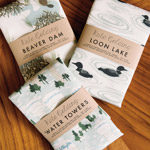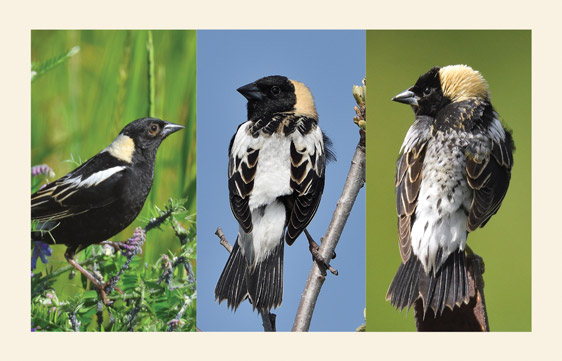
Ambassadors of the open fields
EVERY MAY 1ST, MY BINOCULARS ARE AIMED IN THE DIRECTION of the bromegrass fields beside our house. It’s time for the bobolinks to announce their arrival from their southern Brazil wintering grounds.
Bobolinks are essentially birds of open grasslands. Upon their return to our fields, a half dozen or so males gather at the tops of the trees along our fence, and burst out in a joyful frolic of song, seemingly to make sure I am aware of their arrival. Then, as if content that I have seen them, they return to the field and erupt into a series of rollicking notes, full of kinks and twists that would be impossible to transcribe to musical scale. Shooting up into the air like a skylark, the male paddles along on the tips of his wings, as if propelled by the tempo of the song, then drops into the grass while another male takes the cue and repeats the performance. It is a stage show, highlighted by several encores, and appears to be a dress rehearsal of sorts. In another week or two, their unmistakable markings will serve to cheer and charm the females once they arrive.
At the risk of sounding anthropomorphic, I would like to think their boisterous performance right now is solely for my benefit. Two bobolinks seem to follow me and sing from a white spruce. Hardly habitat conducive to a bobolink – is it possible that these two birds that nested in the field last summer have actually recognized me? Were they comfortable with my presence so near their nests, and had they come to accept my daily appearance? Of course, all we can do is speculate about such things. If nothing else, the possibility provides comfort for the soul.
Our experiences with blackbirds have programmed us to dislike and mistrust members of this family whose beneficial traits go largely unnoticed, while their nest-robbing attributes, high population and predominance at bird feeders are etched in our memory. Their infamous reputation is more than made up by other members of the same family whose appearance brightens *Watershed* country backyards – the Baltimore oriole, the eastern meadowlark and, in more recent years, the orchard oriole. The bobolink, also a member of the same family, is the ambassador of open fields, whose merry, jingling outbursts keeps the atmosphere festive beyond the backyard.
Even more than our beloved Baltimore oriole, the arrival of the bobolink each spring is assurance that the snows of winter are behind us, and life has meaning again. Once the bobolinks arrive, we know the floodgates will soon open, and flycatchers, warblers, thrushes and other neotropical migrants cannot be far behind. Despite the cool temperatures synonymous with late April, migrants continue to trickle in bravely. Warm southerly winds will stimulate other species to cross Lake Ontario, seeking the first point of land to rest and feed before moving on.
Story by:
Terry Sprague
Photography by:
Helmer Nielsen
